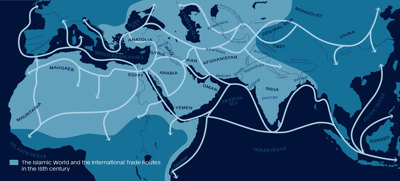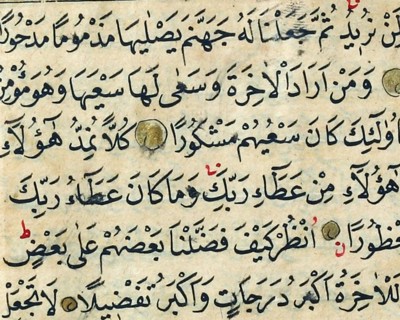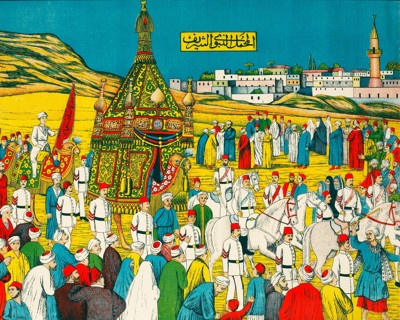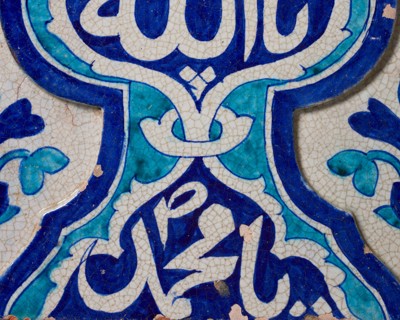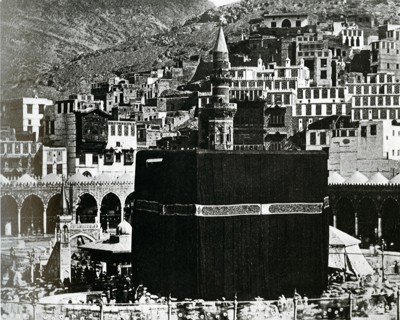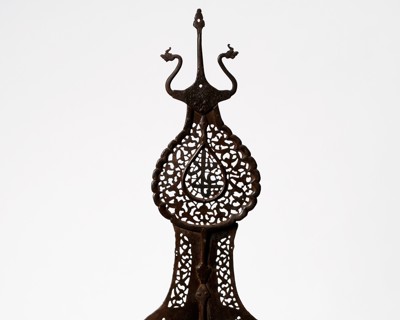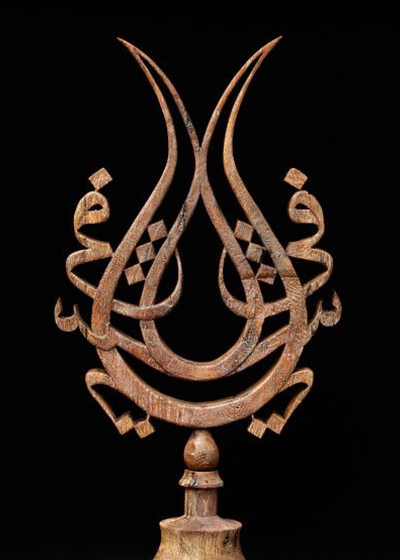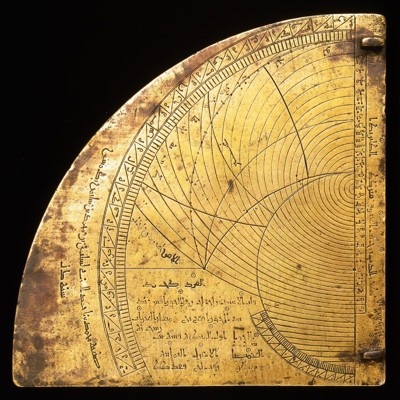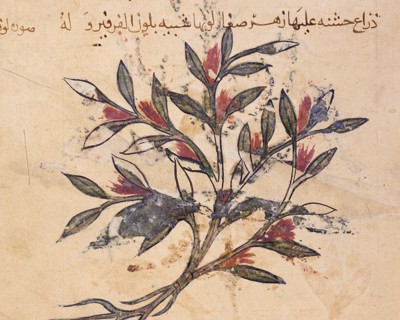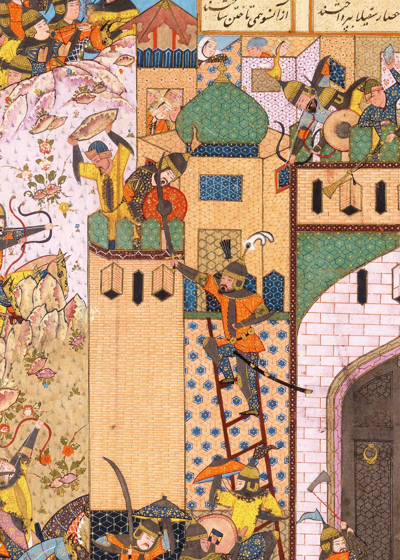Trade, Measures, and Weights
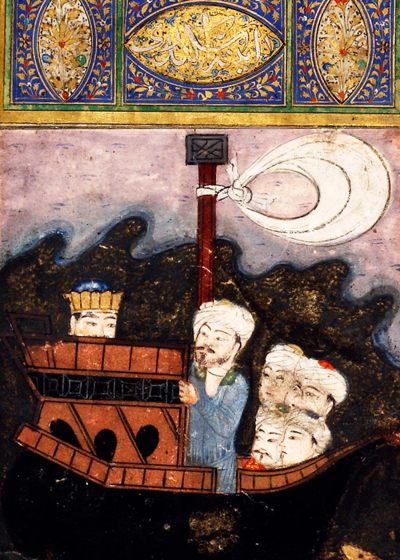
Across continents and oceans
Trade has enjoyed – and still enjoys – high status in the Islamic world. The Prophet himself was a merchant, and Mecca and Medina, where Islam was born, were important centers of trade. Even the Muslims’ holy book, the Koran, contains passages that are directly related to commerce.
From around 800 to the end of the 15th century, the Islamic world was the center of international trade among the continents known at the time. From Spain in the west to India in the east, goods could be transported from one Islamic province to the next. Trade routes from Damascus, Baghdad, and Cairo went to Scandinavia, China, and central Africa.
Most goods were transported by camel caravan. Numerous caravan routes with caravansaries crossed both the African deserts and mountainous Central Asia. Gold and salt were freighted from the western and southwestern regions and primarily silk and porcelain from the eastern provinces.
Contacts with distant regions were also made by sea. We know from archeological finds and travelers’ accounts that furs and amber were brought from Scandinavia, both over land and by river. Some of the long-distance trade with Africa also relied on water transport. Ships on the Nile carried most of the goods between Egypt and southern Nubia. On the east coast of Africa, as far south as Zanzibar, the spice trade was dominated by Arab merchant ships (dhows).
The Islamic world’s close commercial ties with the Far East were especially significant. Long before the advent of Islam, goods were traded between China and the Mediterranean, but with the Umayyad dynasty’s conquest of the Iranian territories in the 7th century, trade expanded considerably. There is information from the 8th century about actual colonies of Muslim merchants in several Chinese cities, and in the same period, regular routes were established between the Persian Gulf and Chinese ports.
With the discovery of America and the southern sea route around Africa at the end of the 15th century, the role of the Islamic world as a center of international trade gradually declined. The Europeans themselves had gained access to what they wanted, and in time, they were also able to win distant parts of the world as markets for their own goods.
Traderoutes
